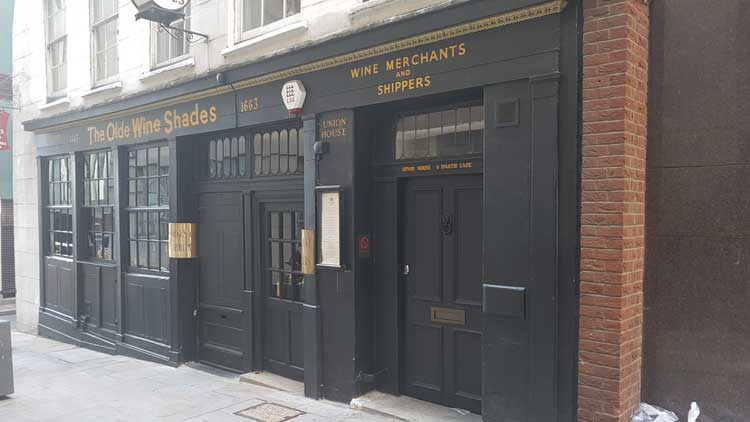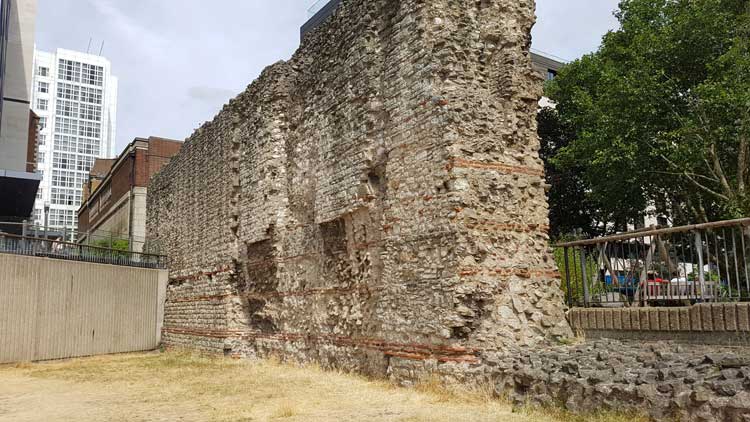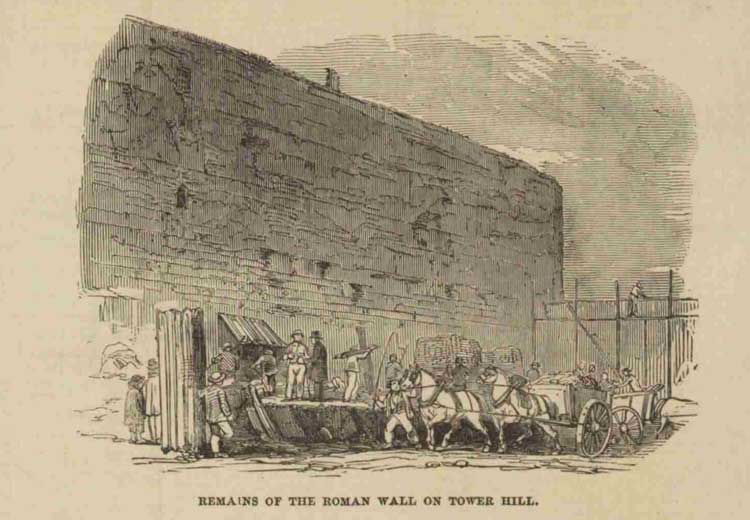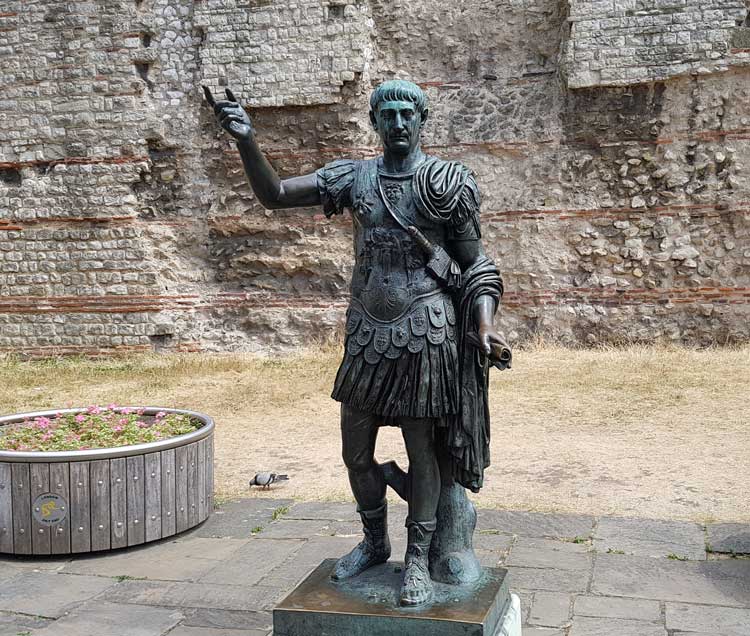
| Start: Tower Hill Underground Station | Duration: 2 Hours 45 minutes |
| Best of Times: Anytime. | Worst of Times: Winter evenings. |
This free walking tour of London will enable you to discover some of the City's most historic and secret places as you uncover 2,000 years of fascinating London history.
Beginning alongside the Tower of London, this self-guided tour will take you through hidden alleyways and tucked away passages where you will explore London at your own pace to discover streets that are steeped in history.
The City of London, is the historic heart of the Capital, and numerous treasures await your discovery as you meander through its timeless thoroughfares, uncovering everything from fragments of Roman history to magical Harry Potter film locations.
Here are some of the highlights that you will encounter as you make your way through the historic streets of London:-
And, betwixt and between all these wonderful discoveries, you will see so much that normally goes unnoticed by the casual stroller. Curious pieces of street furniture; carved stone faces the features of which are contorted into strange grimaces.
Exit left out of Tower Hill Underground Station and head toward the sign for the station entrance. Go right down the steps, pass the station entrance and go down the next flight of steps to turn right into the garden and pause alongside the impressive section of the Roman wall
There is no doubt about it, this section of the old City wall is truly impressive.
The wall was begun by the Romans in the year 200AD, and this magnificent surviving section reaches to a height of 14½ feet (4.4m). I have to be honest, if I were heading towards it, intent on conquering the City, I'd take one look at this huge structure, turn around, and head back to whatever place I'd launched my invasion from! It's, quite simply, unbreachable.

However, it's not all Roman.
The Roman bit is the section that is divided at intervals by the layers of flat red tiles. The section of the wall above the uppermost layer of red tiles is medieval, and was added between the 12th and 17th centuries.
The Romans built the wall using course blocks of Kentish ragstone, which was brought by barge from quarries near Maidstone.
The building of the wall was a huge undertaking and its length and size made it one of the biggest construction projects in Roman Britain.
Building work around this section of the City in 1852 led to a great deal of concern that the wall might be pulled down and the masonry reused in the construction of the new developments.
The Illustrated London News published an article about the proposed demolition on Saturday, 11th September, 1852, and accompanied it with the following sketch. Thankfully, the preservationists got their way and the wall survived.

The statue that greets you as you enter the garden is believed to depict the Roman Emperor Trajan (AD 98 - 117), and I'd love to be able to spin you an elaborate yarn about how it was unearthed during excavation work on the site, and another little piece of Roman London was brought to light having lain buried here for close on two thousand years.
But no, the statue is of a more modern (ish) age, and was discovered in a Southampton scrapyard by The Reverend Philip Thomas Byard ("Tubby") Clayton (1885 - 1972), the former rector of the nearby church of All Hallows Barking.
Following his death, in 1972, in accordance with his wishes, the Tower Hill Improvement Trust placed the statue here in 1980.

Backtrack past Tower Hill Underground Station and, once passed it, walk to the right of the railed garden, Cross to the street's right side, keep ahead over Savage Gardens and veer right along Muscovy Street.
At its end, go right again into Seething Lane, and having passed the gardens on the right, where you can see a bust of Samuel Pepys (whose office was situated where the gardens on your right now stand), cross to the left side and pause outside the gate of:-
In his essay The City of the Absent in The Uncommercial Traveller, Charles Dickens describes this as, "One of my best beloved churchyards...I call [it] Saint Ghastly Grim...It is a small churchyard, with a ferocious strong spiked iron gate, like a jail. This gate is ornamented with skulls and cross-bones, larger than life, wrought in stone; but it likewise came into the mind of Saint Ghastly Grim, that to stick iron spikes a-top of the stone skulls, as though they were impaled, would be a pleasant device. Therefore the skulls grin aloft horribly, thrust through and through with iron spears..."
The gate to which Dickens referred has survived the ravages of time and pollution, and its skulls still leer down from their timeworn perch.